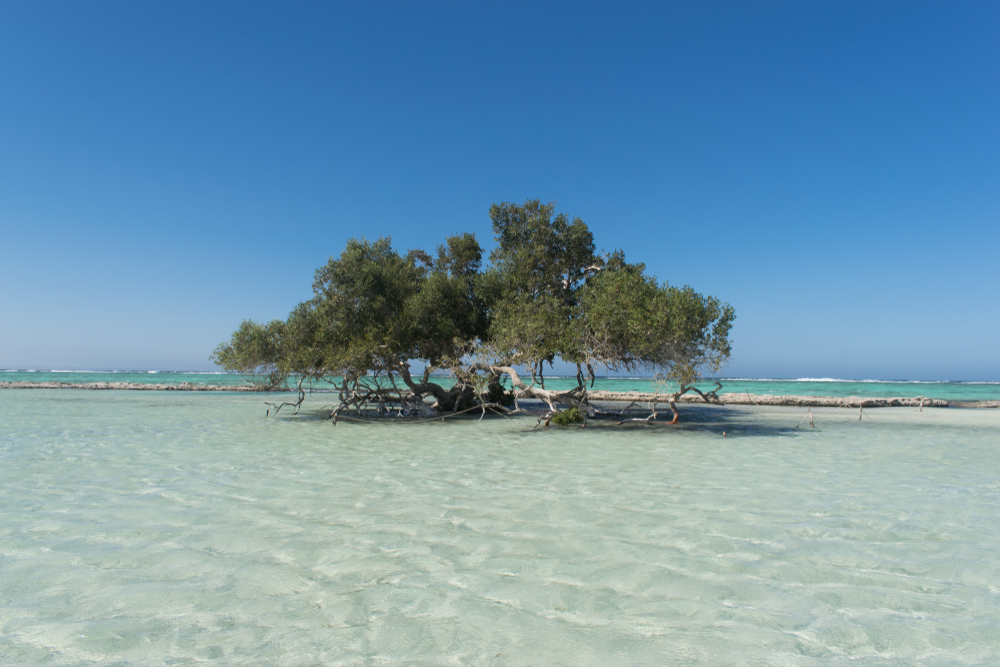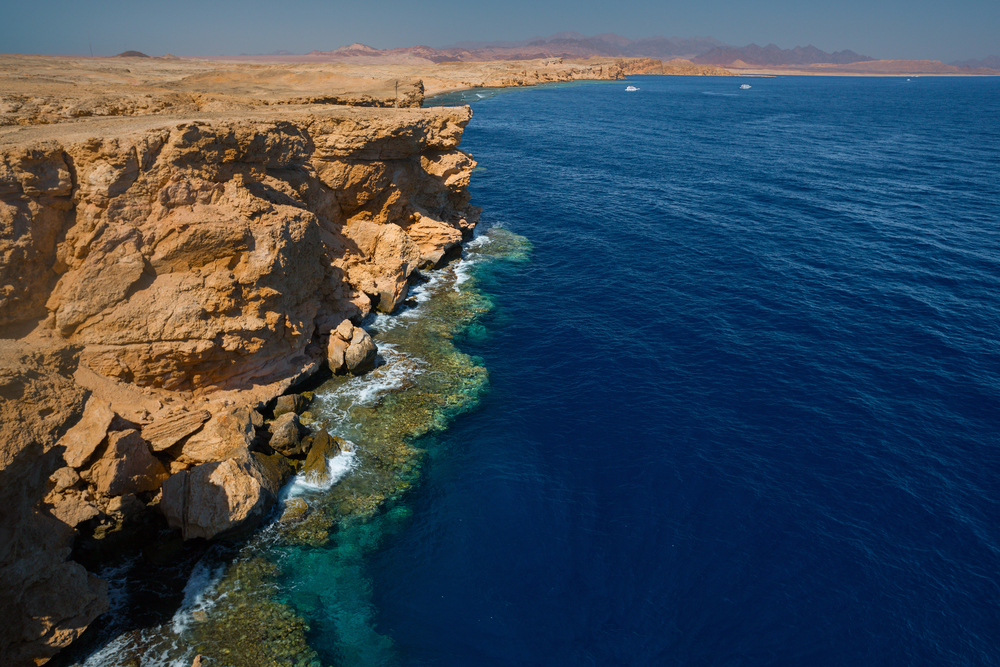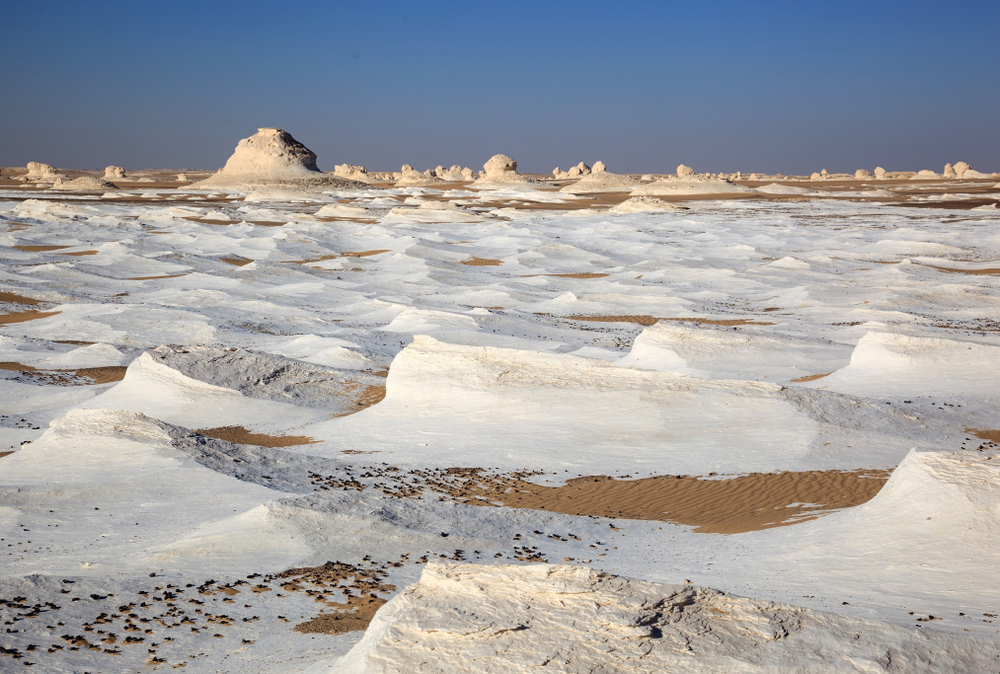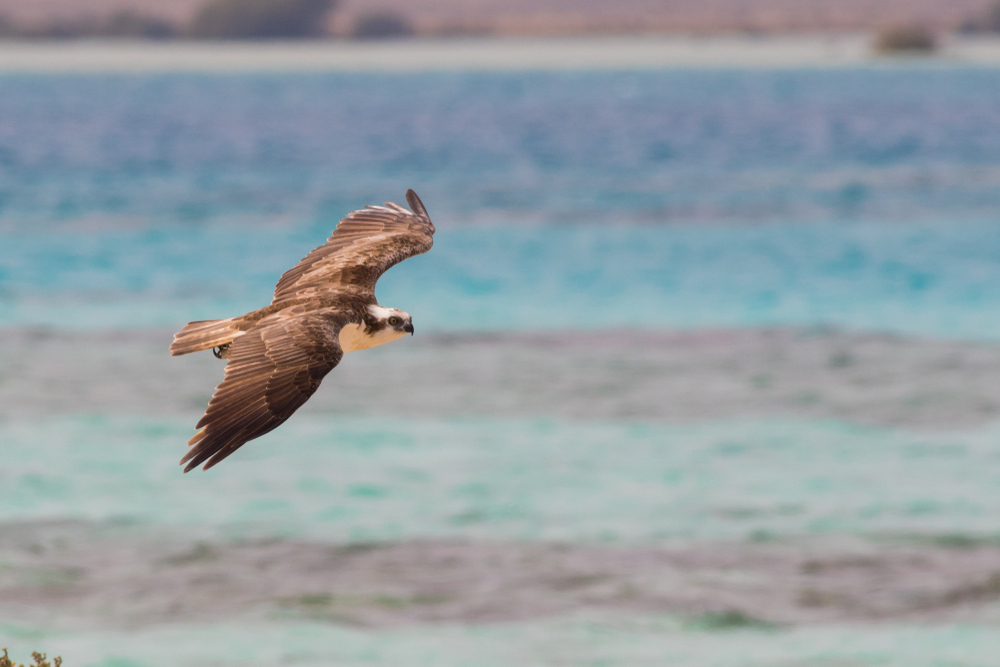Wadi el Gemal National Park is known for its stunning landscapes, rich biodiversity, and cultural heritage. The name “Wadi el Gemal” translates to “Valley of the Camels,” reflecting the historical importance of camel caravans that traversed the region.
One of the park’s main attractions is its diverse ecosystems, which include coastal plains, sand dunes, mangrove forests, and coral reefs. These habitats support a wide variety of plant and animal species, including rare and endangered species such as the Nubian ibex, Dorcas gazelle, and endangered sea turtles.
Wadi el Gemal National Park is also known for its pristine coastline and vibrant marine life. The park encompasses several protected marine areas, including coral reefs, seagrass beds, and mangrove forests, which provide essential habitat for a wealth of marine species, including colorful reef fish, dolphins, and dugongs.
In addition to its natural beauty, Wadi el Gemal National Park is rich in archaeological and cultural heritage. The region is dotted with ancient ruins, including Roman ports, Pharaonic rock art sites, and Bedouin settlements, offering visitors a glimpse into the area’s fascinating history and cultural heritage.
Overall, Wadi el Gemal National Park offers a unique blend of natural beauty, biodiversity, and cultural heritage, making it a must-visit destination for nature lovers, adventure seekers, and history enthusiasts alike.













































































